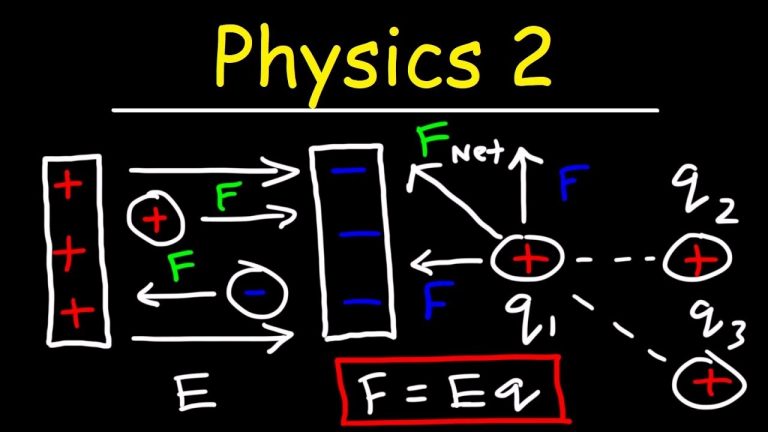Fórmulas de función trigonométrica inversa
Tabla de contenido
Dominio y rango de funciones trigonométricas inversas
El valor de una función trigonométrica inversa que se encuentra en su rama de valor principal se llama valor principal de esa función trigonométrica inversa
Gráfico de funciones trigonométricas inversas
$ sin ^ {- 1} x $ $ cos ^ {- 1} x $ $ tan ^ {- 1} x $ $ cosec ^ {- 1} x $$ seg ^ {- 1} x $ $ cot ^ {- 1} x $
Inverso de Negativo x
$ sin ^ {- 1} (-x) = -sin ^ {- 1} (x) $ $ cos ^ {- 1} (-x) = pi – cos ^ {- 1} (x) $ $ tan ^ {- 1} (-x) = -tan ^ {- 1} (x) $ $ sec ^ {- 1} (-x) = pi – sec ^ {- 1} (x) $ $ cosec ^ {- 1} (-x) = -cosec ^ {- 1} (x) $ $ cot ^ {- 1} (-x) = pi – cot ^ {- 1} (x) $
Otras fórmulas
$ sin ^ {- 1} ( frac {1} {x}) = cosec ^ {- 1} (x) $ $ cos ^ {- 1} ( frac {1} {x}) = sec ^ {- 1} (x) $ $ tan ^ {- 1} ( frac {1} {x}) = cot ^ {- 1} (x) $ $ sin ^ {- 1} (x) + cos ^ {-1} (x) = frac { pi} {2} $ $ sec ^ {- 1} (x) + cosec ^ {-1} (x) = frac { pi} {2} $ $ tan ^ {- 1} (x) + cot ^ {-1} (x) = frac { pi} {2} $ $ sin ^ {- 1} (x) + sin ^ {-1} (y) = sin ^ {- 1} (x sqrt {1-y ^ 2} + y sqrt {1-x ^ 2}) $ if $ x, y geq 0 $, $ x ^ 2 + y ^ 2 leq 1 $ $ sin ^ {- 1} (x) + sin ^ {-1} (y) = pi – sin ^ {- 1} (x sqrt {1-y ^ 2} + y sqrt {1-x ^ 2}) $ if $ x, y geq 0 $, $ x ^ 2 + y ^ 2> 1 $ $ sin ^ {- 1} (x) – sin ^ {-1} (y) = sin ^ {- 1} (x sqrt {1-y ^ 2} – y sqrt {1-x ^ 2)} $ if $ x, y geq 0 $, $ x ^ 2 + y ^ 2 leq 1 $ $ sin ^ {- 1} (x) – sin ^ {-1} (y) = pi – sin ^ {- 1} (x sqrt {1-y ^ 2} – y sqrt {1-x ^ 2}) $ if $ x, y geq 0 $, $ x ^ 2 + y ^ 2> 1 $ $ cos ^ {- 1} (x) + cos ^ {-1} (y) = cos ^ {- 1} (xy – sqrt {1-y ^ 2} sqrt {1-x ^ 2}) $ si $ x, y geq 0 $, $ x ^ 2 + y ^ 2 leq 1 $ $ cos ^ {- 1} (x) + cos ^ {-1} (y) = pi – cos ^ {- 1} ((xy – sqrt {1-y ^ 2} sqrt {1-x ^ 2}) $ if $ x, y geq 0 $, $ x ^ 2 + y ^ 2> 1 $ $ cos ^ {- 1} (x) – cos ^ {-1} (y) = cos ^ {- 1} (xy + sqrt {1-y ^ 2} sqrt {1-x ^ 2}) $ si $ x, y geq 0 $, $ x ^ 2 + y ^ 2 leq 1 $ $ cos ^ {- 1} (x) – cos ^ {-1} (y) = pi – cos ^ {- 1} (xy + sqrt {1-y ^ 2} sqrt {1-x ^ 2 }) $ if $ x, y geq 0 $, $ x ^ 2 + y ^ 2> 1 $ $ tan ^ {- 1} (x) + tan ^ {-1} (y) = tan ^ {- 1} ( frac {x + y} {1-xy}) $, si $ x, y> 0 $, $ xy <1 $ $ tan ^ {- 1} (x) + tan ^ {-1} (y) = pi + tan ^ {- 1} ( frac {x + y} {1-xy}) $, si $ x, y> 0 $, $ xy> 1 $ $ tan ^ {- 1} (x) + tan ^ {-1} (y) = tan ^ {- 1} ( frac {x + y} {1-xy}) – pi $, si $ x < 0, y > 0 $, $ xy> 1 $ $ tan ^ {- 1} (x) – tan ^ {-1} (y) = tan ^ {- 1} ( frac {xy} {1 + xy}) – pi $, si $ xy> -1 PS $ tan ^ {- 1} (x) + tan ^ {-1} (y) + tan ^ {-1} (z) = tan ^ {- 1} ( frac {x + y + z – xyz} { 1-xy-yz-xz}) $ $ 2 sin ^ {- 1} (x) = sin ^ {- 1} (2x sqrt {1-x ^ 2}) $ if $ – frac {1} { sqrt {2}} leq x frac {1} { sqrt {2}} $ $ 2 cos ^ {- 1} (x) = cos ^ {- 1} (2x ^ 2 -1) $ $ 2 tan ^ {- 1} (x) = tan ^ {- 1} ( frac {2x} {1-x ^ 2}) $ if $ -1 $ 2 tan ^ {- 1} (x) = sin ^ {- 1} ( frac {2x} {1 + x ^ 2}) $ if $ | x | leq 1 $ $ 2 tan ^ {- 1} (x) = cos ^ {- 1} ( frac {1 -x ^ 2} {1 + x ^ 2}) $ if $ x geq 0 $ $ 3 sin ^ {- 1} (x) = sin ^ {- 1} (3x -4x ^ 3) $ $ 3 cos ^ {- 1} (x) = cos ^ {- 1} (4x ^ 3 – 3x) $ $ 3 tan ^ {- 1} (x) = tan ^ {- 1} ( frac {3x -x ^ 3} {1-3x ^ 2}) $







